Google My Business recently rolled out some new (and important) features within the platform. It’s especially important for medical practices to understand these updates because they have the potential to create risk and reward for your brand and online presence.
In this month’s video, CEO Ryan Miller dives right into the powerful new features, what these updates mean for your practice, and how to utilize these changes to help you connect with more patients online.
Hey guys, it’s Ryan Miller with Etna Interactive. It’s good to be back with you. Today, we’re going to talk about four big changes that have happened at Google, specifically at Google My Business, that are going to give you some additional insights you can use in your practice and are creating a little bit of risk, and that may present some opportunities to help you connect with more patients online
1. Google Traffic Broken Down to Organic vs. Local
Well, let’s let’s frame this in first: we all know that the majority of searches that are happening today are happening on Google and, more explicitly, they’re happening on Google’s apps and on their website, on mobile devices. We’ve seen for most clinics across the United States and Canada that more than 60% of all searches are happening specifically on mobile devices. Now, let’s break this down and look at some new data (specifically because of some changes that we’ve implemented) that helps us to understand exactly how important those local, or map-based, search results are.
So, we’ve made changes for our clients (if you’re not an Etna client, don’t worry — you can ask for similar changes from your agency) that’ll allow us to see exactly how big of an impact local can have. Specifically, this is a concern for us because we know that when we look at search today, as I mentioned, local results dominate the mobile experience and it’s the mobile experience that dominates search. So clearly, we suspect and the numbers show, that the impact of map-based search is on the rise.
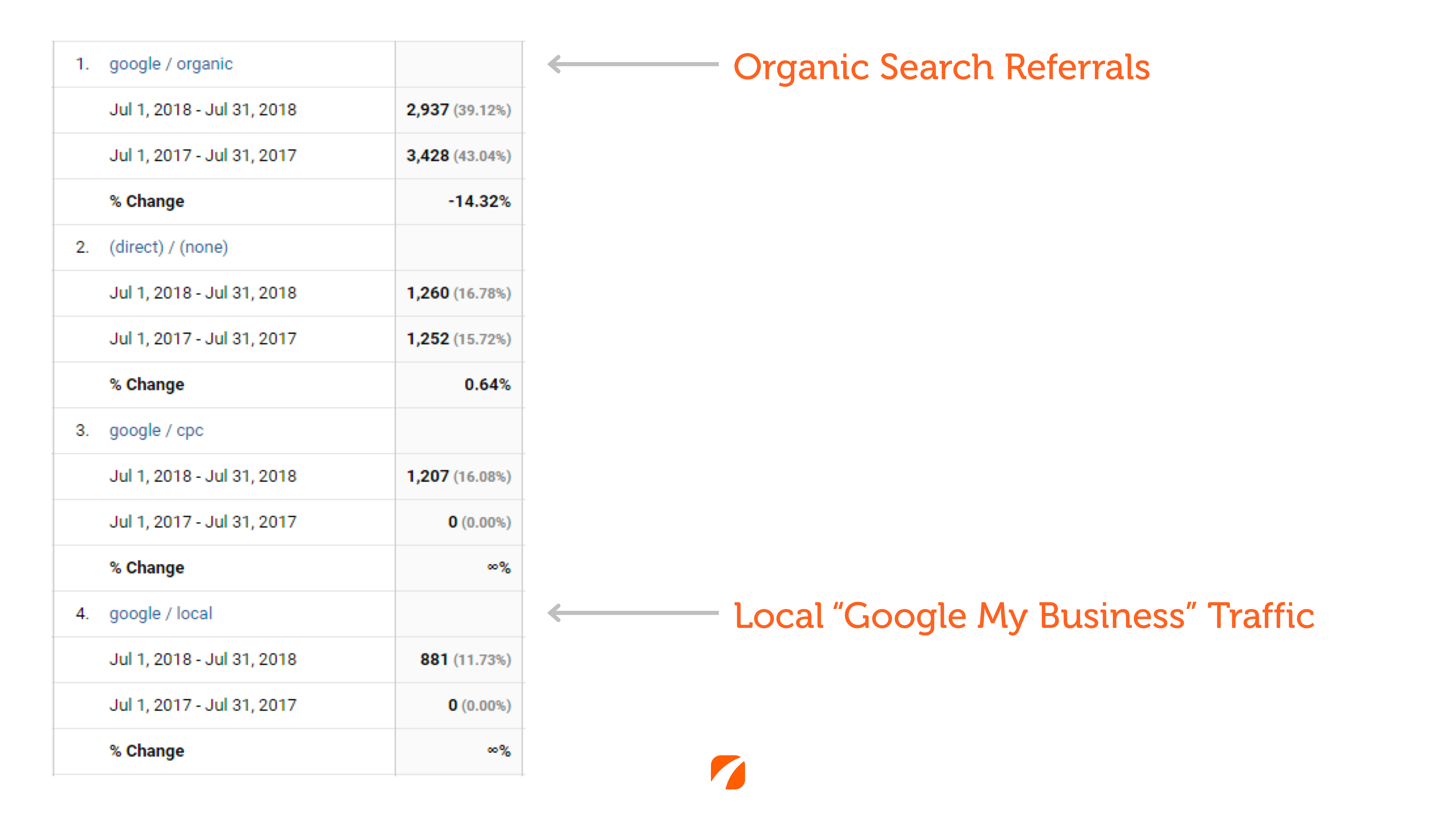
Let’s look at some real data together. This is taken from an anonymous website and what we see as this first line here, and what we’re doing, is we’re comparing inside of Google Analytics. Year over year, the July traffic from this first line here is Google organic referrals. Now, to be clear, the organic referrals are those 10 text-based results that we’re all used to seeing. Those coveted results, ideally on Google’s first page.
Now what it looks like is from 2017 moving forward to 2018 that referrals from Google dropped, which would be alarming if we didn’t look just a little bit further down the line. Here, we’re looking out at referrals from Google local traffic. We’ve made some changes in the configuration of both your site and the way that it’s interpreted by Google Analytics that allow us to see exactly how big the impact of map-based search results are. So, some of that traffic that appears to have been lost, well, it’s actually grown and it shifted and we now understand that well almost a quarter of all of the traffic for this particular site is coming by way of those map-based search results. This is going to allow us to track those trends over time and specifically target tactics at improving the number of referrals coming by way of Google local search.
Now we’re able to gain more and more intelligence thanks to some additional changes that Google has made at Google My Business.
2. New Reports in GMB Insights
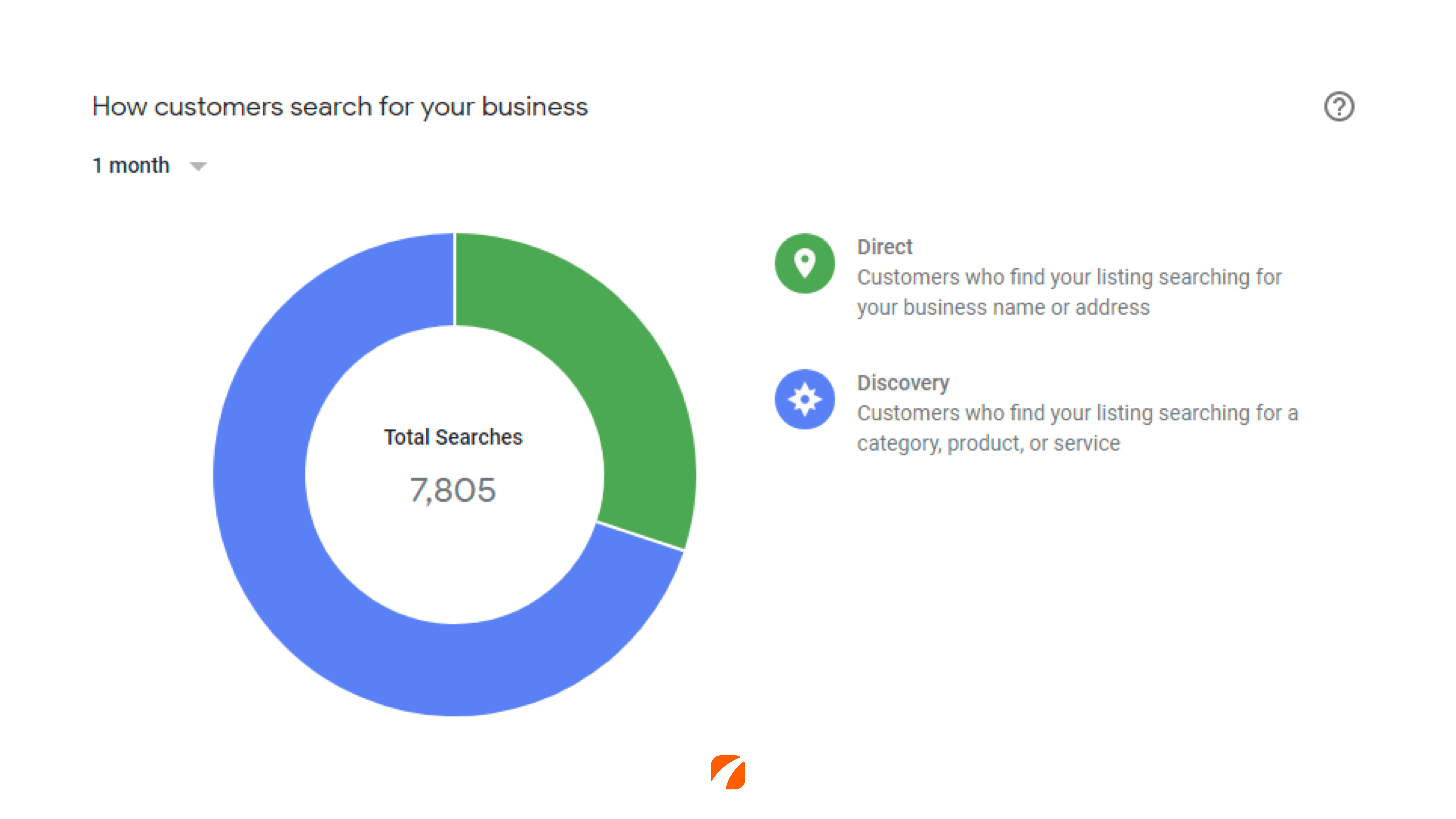
The first of those, what we have to have to acknowledge, is what did they have that you maybe have never seen before? When you log in to business.google.com, you’re able to see specific insights, reports like this one that help us to understand how much of your traffic is coming from people who are already familiar with your brand and clicking through after searching for perhaps a doctor’s name or a clinic name versus those people who are discovering you because they’re using keywords related to your service.
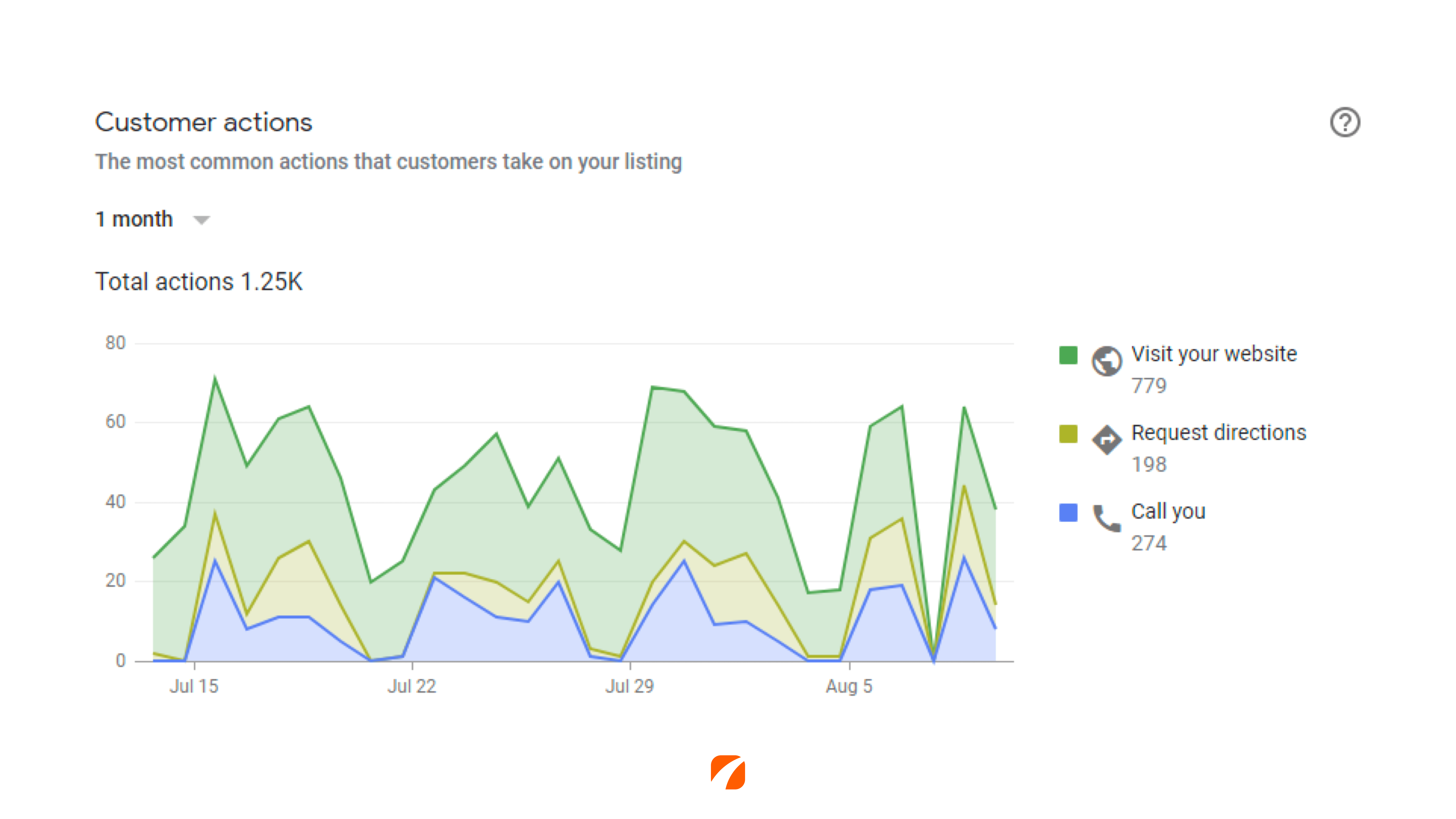
They also told us what people did or continue to do when they find those local listings. Interestingly, we always hear those naysayers say, “oh, the websites are dying.” Well, not according to this. We see the majority of people are choosing to go to your website from your local listing.
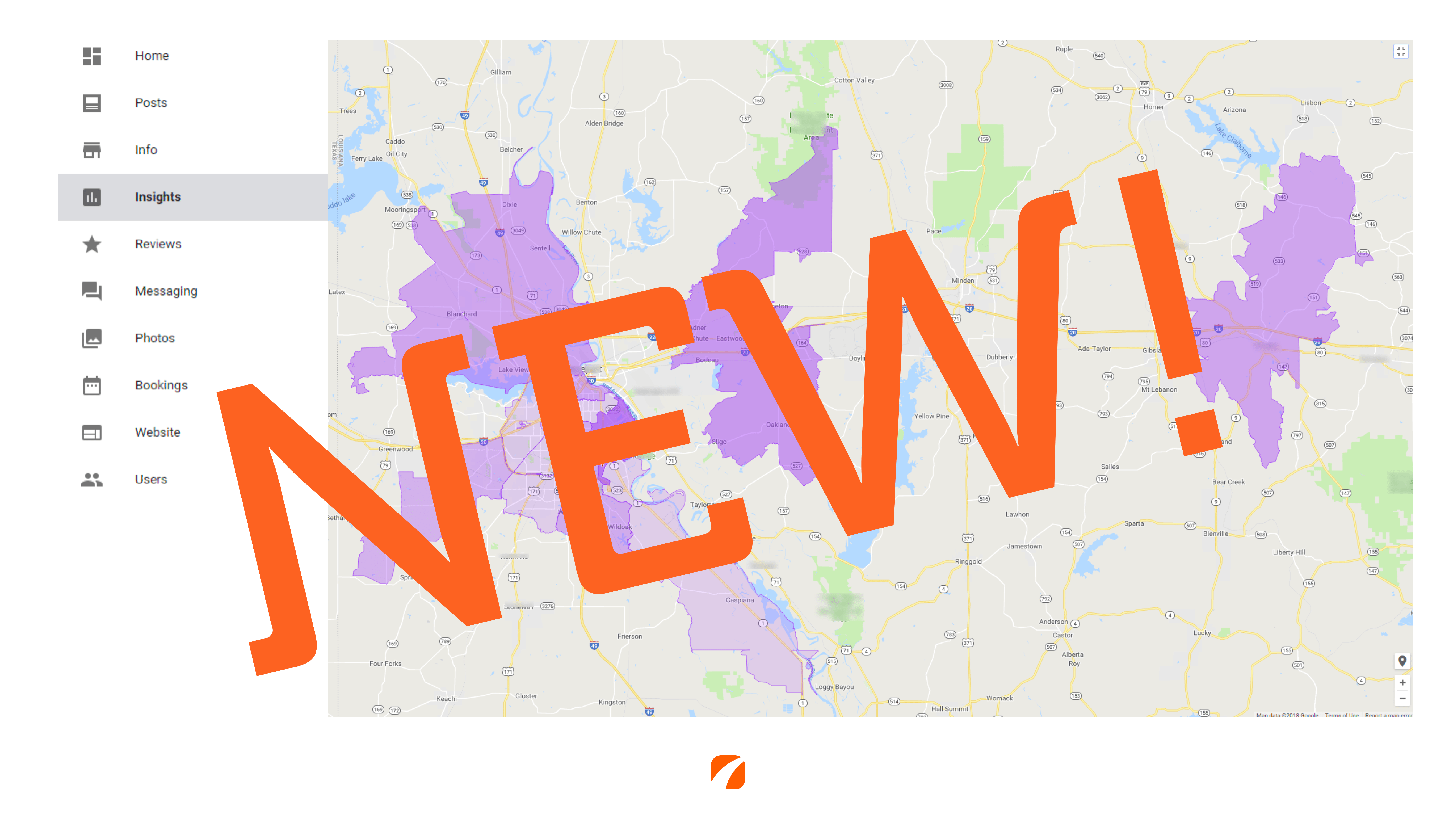
Now, this is the thing that’s new and it’s really quite interesting. They’re actually telling us now where people were when they asked for directions to your business. It tells us more about where your patients are originating and gives us additional insights above and beyond what you may have in your practice management software by helping to target properly those prospective patients that are coming from a little bit farther away from your practice. They’ve also made changes that very soon will allow us to see how exactly people are searching when they’re finding you inside those map-based search results.
3. Expanded Data in Knowledge Panel
The third major set of changes we want to talk about is how they’ve expanded business profiles and added new features. This is how we can influence potentially your search results, how often you show up in local search, and on how we might protect your practice from some potential reputation liabilities.
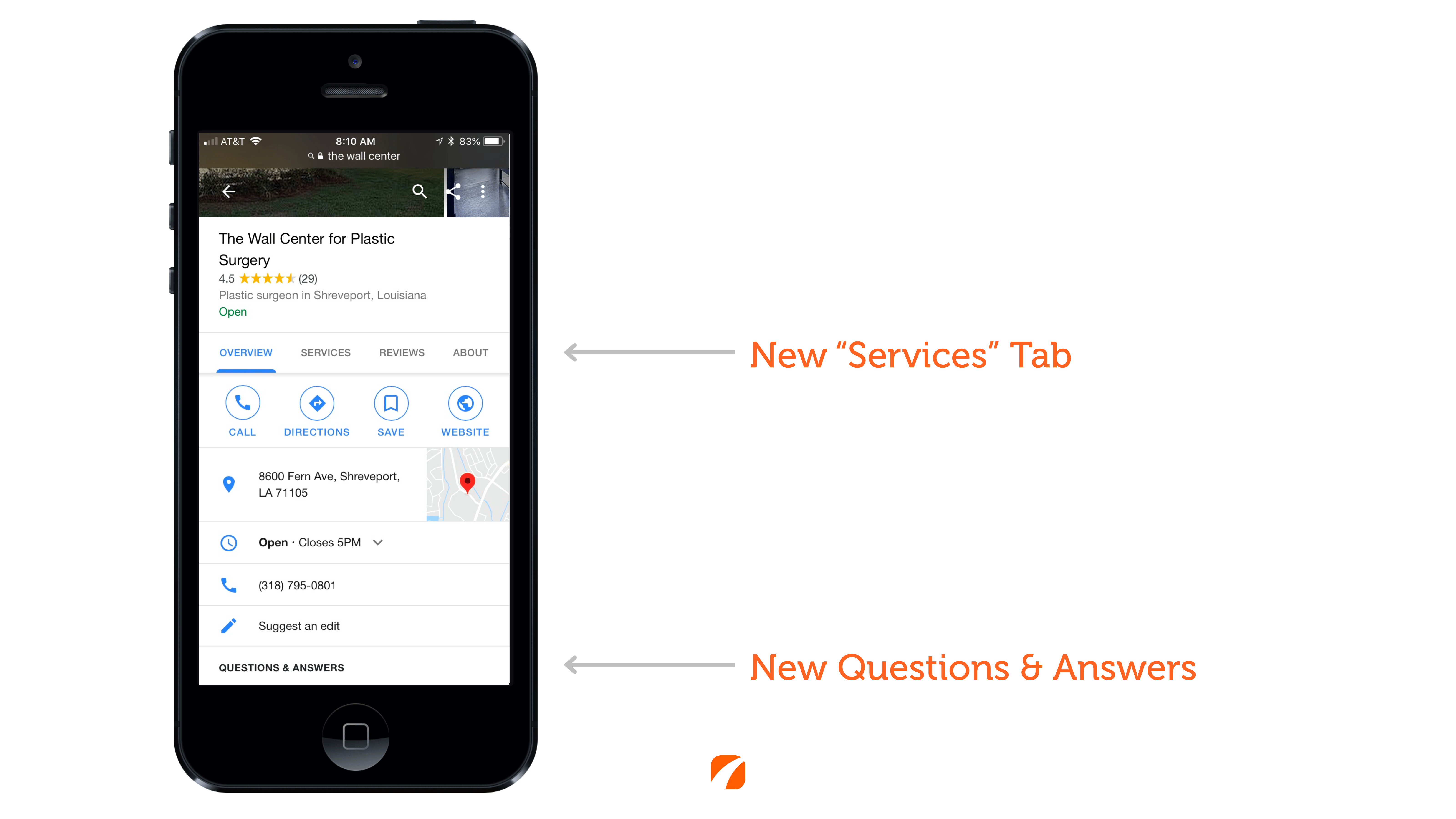
I’m using an example here from The Wall Center in Shreveport. What we see is that there’s a new Services tab. Google’s added a feature that allows businesses in the professional services category to detail both categories and specific areas of service. Now, it’s unsure just yet how this is going to influence search results, but we can guess that this will, at the very least, help conversions if not help you improve rankings for each of the services that you’ve listed. You see below as well, one of the other important new features: Questions & Answers. Now, this is both a risk and an opportunity. Now we know that because we’ve seen it happen — patients will sometimes use Questions & Answers as a vehicle to essentially log a complaint with the practice. They’re snarky questions that come through that are intended to be sort of an underhanded dig. Actively monitoring those is important to ensure that you’re a part of this conversation. We’re proactively updating all of our client’s Google My Business accounts to ensure that a member of your team is notified every time a new Q&A appears and that you have the coaching and training to responsibly and quickly respond to each of these questions that come in for your practice.
There are some other interesting changes that are that are coming as well. They’ve expanded what you can do in terms of your special offers that are displayed directly on Google and they’re now allowing videos inside of Google My Business posts. So lots of fun stuff happening there.
4. New Review Guidelines
The fourth and final change I want to talk about are some of the review guidelines, and this is perhaps where the biggest area of risk exists. They’ve made some changes to what is permissible inside of Google My Business reviews that run the risk of potentially causing all of your reviews to be eliminated. Which, from a local ranking standpoint, could be devastating. Well, we already know that some specific reviews have been taken away. Anonymous reviews, reviews that were gathered several years ago when you were able to post a review to a business but not declare your identity, have all been eliminated as of June. So it’s a good thing for the most part because what Google found when they studied it is that anonymous reviews on average rated at about a 4.1, where reviews that contain a name or identity are averaging a little higher at a 4.3. So, this probably benefited your clinic.
In addition to that, and this is the bigger thing: Google has come out formally against a practice called review gating. So, what is review gating? Well, it’s this. It is actively working at discouraging negative reviews, steering unhappy patients away from Google, while pushing those happy patients toward Google. Now, I don’t think they’re intending to filter how you behave inside your practice, but they are looking for signals that you’re using software to push away the people who are upset. Like asking them a question, giving them a 5-star survey inside your office, and then if they score 3 or lower, moving them over to a feedback form. If they score a 4 or higher, directing them to Google. If Google catches you doing this, again, it’s called review gating. This is now a clear violation of their Terms of Service, and if you’re using software that does this, it’s very possible. It’s been heavily speculated by experts in the industry that if you’re caught doing this, it will result in all of your reviews being removed, which at the end of the day, could completely remove your business listing from Google My Business. So, a very, very devastating thing.
Reacting to the Google My Business changes
Let’s step back then. Let’s bring all those things together and talk about what this means for your practice.
- The first thing to understand is that you can now look at the direct impact of traffic coming from your local search results, those map search results, and Google My Business so that you can target tactic specifically at that area of marketing online and measure the impact of those tactics over time.
- In addition to that, they’re giving you more data than ever before that will help you understand exactly where patients are and what they’re interested in when they’re finding you inside those map-based search results.
- The profile that you can have on Google has been expanded. Not only do you have the opportunity to explicitly declare services to have a slightly longer profile than in the past, but also you’re interacting with patients in the form of Q&A and again, in all three of those areas, we’re working proactively with all of our clients to make sure you’re maximizing your opportunities there.
- Finally, some warning coming out of Google. They’re trying harder than ever to get credible and reliable review content from identifiable sources. They’ve stripped away anonymous reviews and if you get caught review gating, trying to manipulate the game on Google, you run the risk of losing all of your review content.
So, keep all of that in mind and if you have any questions about Google My Business or what it takes to show up map-based based search results, you can reach out to your Account Executive here at Etna or contact us directly using the information that’s on the screen. Thanks again for paying attention today and we’ll see you next month.


Leave a Comment